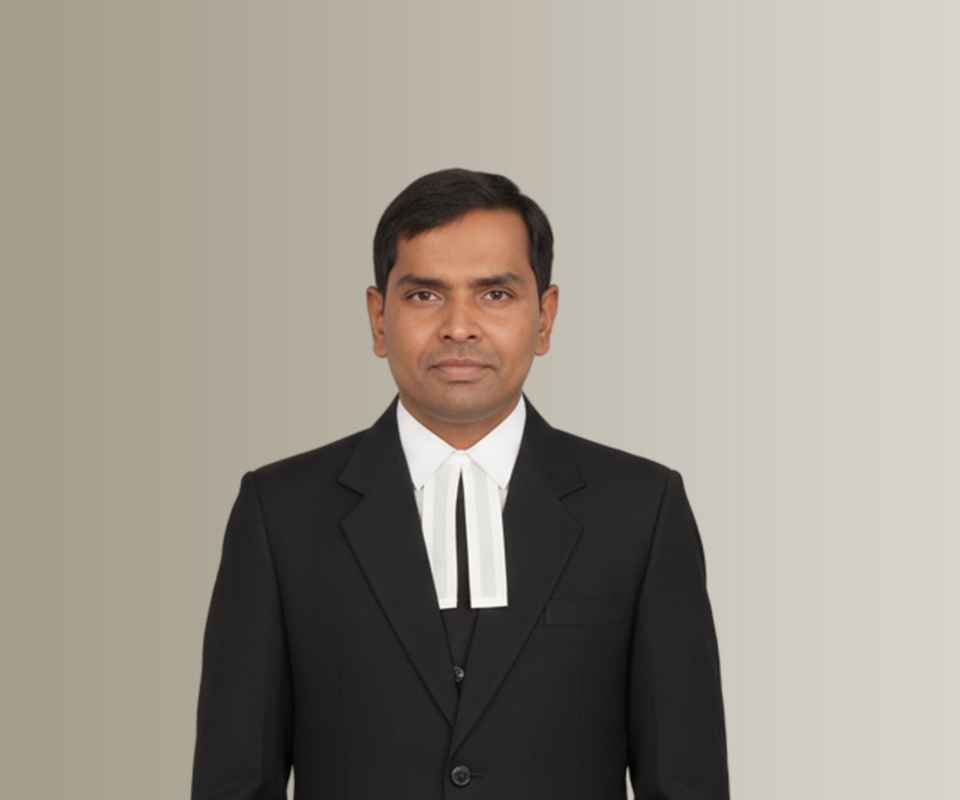Answer By law4u team
Yes, there are legal protections under domestic violence laws for individuals at risk of forced marriages. Forced marriage is considered a form of abuse and coercion, and various legal frameworks aim to prevent such marriages, provide relief to victims, and hold perpetrators accountable.
Protections Against Forced Marriages Under Domestic Violence Laws:
Definition of Forced Marriage as Abuse:
Forced marriage occurs when one or both parties are coerced or threatened into marriage without their full and free consent. Domestic violence laws often recognize forced marriage as a form of abuse, along with physical, emotional, and psychological harm. The coercion involved, whether through threats, manipulation, or emotional pressure, qualifies as a form of domestic violence.
Legal Provisions and Protection Orders:
Protection Orders: In many jurisdictions, domestic violence laws allow for the issuance of protection orders or restraining orders to safeguard individuals from being forced into marriage. These orders can be used to prevent harassment, threats, and violence related to forced marriage and offer immediate protection to those at risk.
Emergency Relief: Individuals threatened with forced marriage can seek immediate legal relief. Some domestic violence laws enable the victim to obtain emergency protection orders, which can prevent their family or others from forcing them into an arranged or coerced marriage.
Human Trafficking and Exploitation Laws:
In some jurisdictions, forced marriage is addressed through human trafficking laws. If an individual is being trafficked or coerced into marriage through force or fraud, they may be entitled to protection under these laws, which provide legal means of stopping such exploitation.
Victims of forced marriage can receive support services such as safe housing, counseling, and legal assistance under these laws.
Legal Recognition of Coercion:
Domestic violence laws increasingly recognize that coercion and threats in the context of marriage are forms of emotional and psychological abuse. This includes using threats of harm, disownment, or violence to force someone into marriage. Such coercion can lead to a legal declaration of invalidity of the marriage in some cases, as consent is considered a core element of any lawful marriage.
Family Law:
Some legal systems integrate protections against forced marriages within their family law frameworks. For example, many countries have legislation that specifically protects against forced marriages, with legal processes available to annul or void a marriage if one or both parties were coerced into it.
Victims can seek legal remedies through family courts to prevent forced marriages, especially when family members or others are involved in the coercion.
Victim Support Services:
Safehouses and Crisis Centers: Victims of forced marriage may be provided with safe housing and emergency shelter through domestic violence programs. These shelters often have support services to help individuals escape situations of forced marriage or coercion.
Counseling and Advocacy: Legal and social service advocates can help victims of forced marriage navigate their rights, offer emotional support, and guide them through legal processes to obtain protection orders or dissolve the marriage.
Criminal Prosecution of Perpetrators:
Criminal laws against forced marriage have been enacted in many countries, and perpetrators can face charges of abduction, coercion, assault, or other related crimes. If someone is found guilty of forcing another person into marriage, they could face criminal penalties, including imprisonment.
In some cases, parents, family members, or other individuals who pressure or coerce someone into marriage can also face criminal charges under domestic violence or human rights laws.
Legal Assistance and Representation:
Victims of forced marriage often face legal barriers when attempting to assert their rights. Many domestic violence laws include provisions that allow for free legal representation for victims of forced marriage, ensuring that they have access to legal aid regardless of their financial situation.
Legal professionals and advocacy organizations can assist individuals in obtaining protection orders, seeking asylum if needed, and pursuing legal actions against those who have coerced them into marriage.
Examples of Legal Protections in Action:
Example 1:
A young woman who is being pressured by her family to marry someone against her will seeks legal help. Under domestic violence laws, she is able to obtain a protection order against her family members, preventing them from threatening or coercing her into marriage. She is also able to access counseling and safe housing.
Example 2:
A victim of forced marriage, coerced by her family to marry a man she does not know, is able to approach the family court for an annulment of the marriage. The court finds that her consent was obtained under duress and declares the marriage void.
Example 3:
A woman being forced to marry her abuser is able to seek asylum in a country with protections for forced marriage victims. She receives immediate legal aid and is granted legal protection through domestic violence laws and human trafficking laws, allowing her to escape the marriage.
Conclusion:
Domestic violence laws provide significant protections against forced marriages, addressing coercion, threats, and lack of consent through legal remedies such as protection orders, family law, and criminal laws. These protections ensure that victims of forced marriage can escape abusive situations and seek justice and support, allowing them to live without fear of being coerced into a marriage against their will. Legal assistance, victim support services, and advocacy play a vital role in helping individuals navigate these legal frameworks.







